Mathilda Salières
From the Тsarist to the Аnti-utopian Penal Colony : Paths of Resistances
The Russian authors Anton Chekhov and Eduard Verkin have each presented their own vision of the Sakhalin Island’s penal colony. While the former published a travel story, a genuine investigation on the living conditions of the exiles, the latter turned it into a science-fiction novel that falls under the realm of anti-utopia. Both authors actually reveal the various mechanisms of resistance at play in this remote place, ranging from physical and psychological resistance to spatial resistance. Above all, the comparative study of both works attests to the permanency of these mechanisms and thus allows the identification of the Sakhalin penal colony as a chronotope with an exotopic dimension. Furthermore, it confirms the resistant perspective of anti-utopia as a literary genre.
Agnès Calladine
Resistance through Testimony : Documentary Value and Aesthetic Issues in M. Voloshin’s The Internal War
The poet Maximilian Voloshin (1877-1932) lived in Crimea during most of the years of the Civil War and the Red Terror (1919-1922), which were aggravated by the terrible famine of 1921-1922. In response to the catastrophe, he wrote twelve poems "on the spot", which are collected in the cycle "The Internal War" [Усобица]. Alongside poems of a more philosophical or historiosophical nature, five poems stand as authentic testimony to the atrocities in progress and the suffering endured. Voloshin presents himself as a witness committed to impartiality and compassion. Our article aims, first, to examine how this commitment influenced the conception of the testimonial poems. It also aims to explore the documentary value of these works and, above all, to examine the poet’s aesthetic choices and the devices he uses to transform terrifying raw facts into concentrated tragedy. Voloshin’s testimonial poems, and "The Internal War" as a whole, aroused almost unanimous enthusiasm among his contemporaries. In the repressive context of the post-revolutionary years, they represent an act of moral resistance of exceptional value.
Alice Parutenco
Philosophical expression as a mean of resistance in the works of Gustav Špet and Aleksej Losev. In support of texts on the art of theater and music.
The article represents the philosophical work of Gustav Špet (1879-1937) and Aleksej Losev (1893-1988) as a refuge from the dictatorial oppression of the Soviet regime. The two philosophers laid a foundation for their work in 1914, a few years before the 1917 revolution. However, the establishment of a dictatorial regime forced them to modify their writing, in order to preserve philosophical ideas threatened with censorship. They resort to complex rhetorical processes, such as multiple theoretical layers and the creation of new concepts, incomprehensible to the average reader. Indeed, it is impossible to understand the texts of the 1920s if one ignores the earlier work (1914) of these two authors. Our task consists of a hermeneutics of the work, bringing to light the hidden springs of these texts, in order to offer a key to the entry to the French public.
Laure Thibonnier
Lidia Guinzburg’s strategies of resistance to heroic narrative of the siege of Leningrad
This article puts into perspective the narrative and representational strategies of the heroic narrative of the siege of Leningrad in Soviet literature, and those deployed by Lidiya Ginzburg to produce an alternative representation of the siege. Two of the author’s stories, “A Story of Pity and Cruelty” and Notes of a Besieged Man, are compared with three later texts, Radi Pogodin’s I Will Join You in Heaven, Karina Dobrotvorskaya’s Little Girls of the Siege and Yulia Yakovleva’s The Stolen City, in order to sketch out a poetic typology of texts offering readers an alternative representation of the siege of Leningrad to the dominant heroic narrative.
Elizaveta Kamenskaya
The Body in Resistance to Soviet Ideology in Vladimir Vysotsky’s Songs
This article examines the representations of the body in Vysotsky’s songs, in order to show that the lyrical subjects display an alternative and even resistant poetic voice. It focuses on songs about sport, prisons and hospitals. In these three fields, the characters are faced with the Soviet ideal, whether they are in a struggle to achieve it or in a stance of frontal opposition. The genre of the author’s song, which is inherited from a popular oral tradition, characterized by a close interaction with the audience, as well as a theatrical dimension and a multiplicity of roles, appears to be particularly well-suited to the emergence of this unofficial speech.
Sylvia Chassaing
Protest Art in the Post-Soviet Public Space : Forms and Evolution of Moscow Actionism
Although artistic actions in the public space have been seen since the Soviet period (Andrei Monastyrski’s "Collective Actions", for example), they were primarily aimed at a public made up of friends and people who shared the same relationship with the regime in power (the "svoi" referred to by Alexei Yurchak). In the immediate post-Soviet period, these artistic actions multiplied, now addressing an audience beyond the circle of intimates, and adopting an overtly political slant that had previously seemed impossible. Moscow Actionism was symptomatic of a new relationship between artists and power. This article sets out to show how the formal evolution of Moscow Actionism constitutes both a coping mechanism and an ethical quest, in which art aims to produce a social and political counter-model.
Kristian Feigelson ET Jarmo Valkola
Documenting, filming and seeing the Gulag
How is the Gulag represented in the former Soviet Union and Russia today ? While numerous books and studies describing the reality of daily life reality in the Soviet camps, paradoxically, very few films have examined the history and visual reality of the camps. This is due in part to the fact that “the Gulag” remains an administrative designation estranged from all concrete traces of the camps, which (unlike those of the Nazi system), have been erased from history despite the work done by Memorial. Rare documentaries, few fictional films and television series based on literary works about the Gulag have been produced in the former Soviet Union. But also abroad. This article analyzes the paradoxes which span the whole of post-Soviet society, torn between impossible remembrance and the camps recreated in the imagination.
Amine Afellous
Film and Counter-film : Two Adaptations of the Novel Taras Boulba (2009), Witnesses of the Russian-Ukrainian Cultural War
Prior to Russia’s recent invasion of Ukraine, the last two decades have witnessed numerous episodes demonstrating Russia’s desire to bring Ukraine into its bosom, militarily, politically and culturally. This article highlights the two adaptations of Nicholas Gogol’s novel Taras Bulba, produced in 2009 in Ukraine and Russia to celebrate the bicentenary of the author’s birth. These two rival projects allow us to analyze Ukrainian cultural resistance through the film’s counter-narrative of Zaporog Cossack history in the Ukrainian production. It is opposed to the slavophile discourse that represents the Zaporogues as the Ukrainian model of Russian patrio
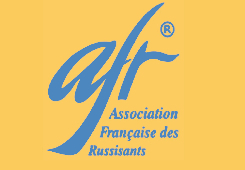
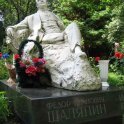
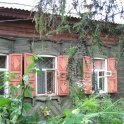
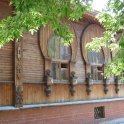

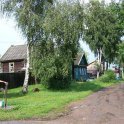
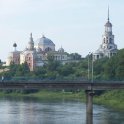

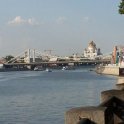


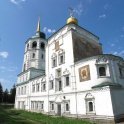
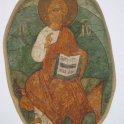
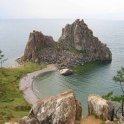
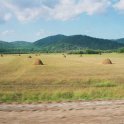
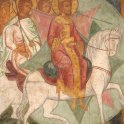
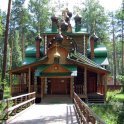

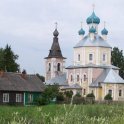
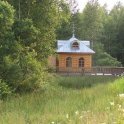
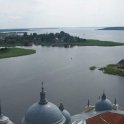
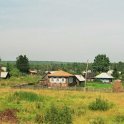

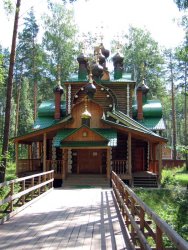
 Sommaire
Sommaire